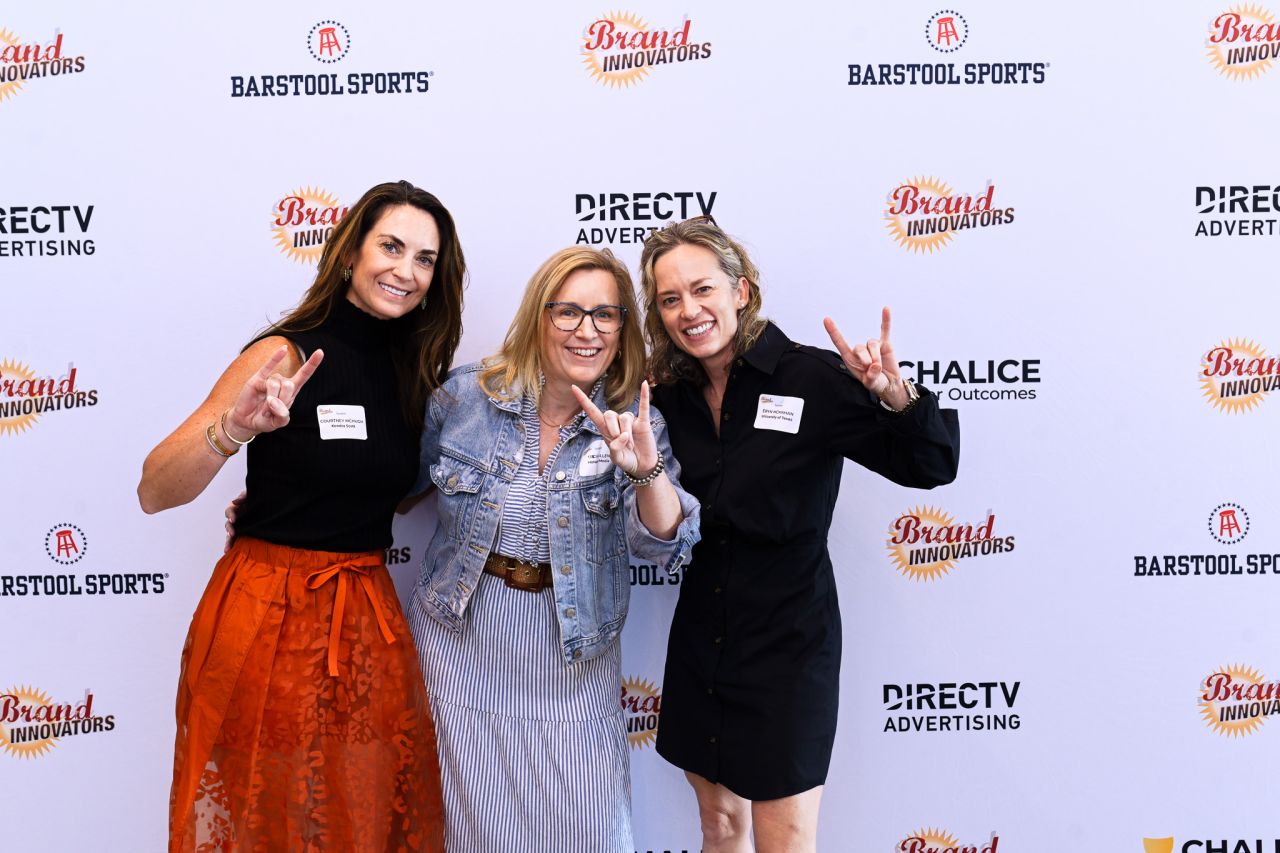Test and learn to make more impactful decisions (at no additional cost).
According to Facebook, “Experiments combines multiple types of tests, formerly labeled as Test and Learn and Split Testing, allowing marketers to A/B test campaigns and measure conversion and brand lift in one place.”
Facebook has categorized the tests/experiments into three categories:
- A/B Test
- Holdout Test
- Brand Study
What is A/B testing and how can you utilize it for your campaigns?
A/B testing is a great way to assess one or more ads or targeting options to understand which is performing best. Facebook splits the exposure of both testing options to determine which variable is most effectively contributing to success.
Running A/B tests is a great way to determine what you should double-down on in your advertising strategy. By continually testing and comparing different creative, copy, audiences, we are able to provide more data to help understand your audience better.
What is a Holdout Test?
This test measures the incremental conversion lift produced by a specific campaign – or the culmination of all your active campaigns. Your audience will be randomized and divided into control and exposed groups, allowing you to determine the difference your advertising makes on conversion activity, such as purchases, leads or app installs. Stated differently, holdout tests help you determine how much your advertising compels people to take actions compared to the holdout group.
Conducting a Brand Survey with Facebook Experiments
This test lets you use a brand survey to measure what incremental effect your advertising has on brand awareness, perception or recall. Your audience will be placed into control and exposed groups, ensuring that Facebook can create a baseline for your brand, reflecting relative and absolute lift when contrasting control vs. exposed survey results. Budget minimums apply depending on where you’re trying to run your brand survey to help yield a sufficient sample and reliable results.
How Does Facebook Create a Control Group?
All Experiments with a single cell use a 10 percent holdout when you measure cost per conversion lift. This means that based on your targeting criteria, Facebook will prevent 10% of your audience from seeing your ads, delivering a survey to these users to develop a baseline. A/B tests with a holdout may have a larger holdout percentage – or require a larger sample size – depending on the number of variants in the test.








